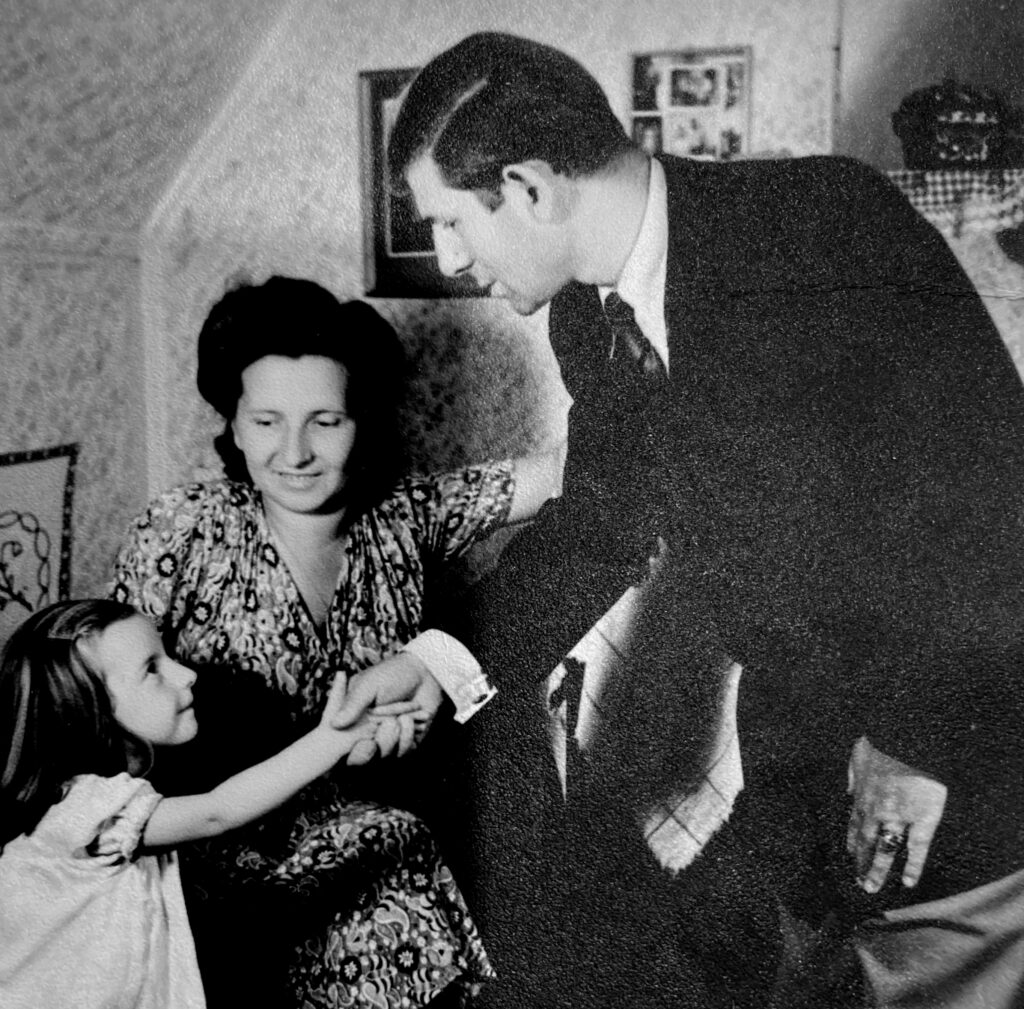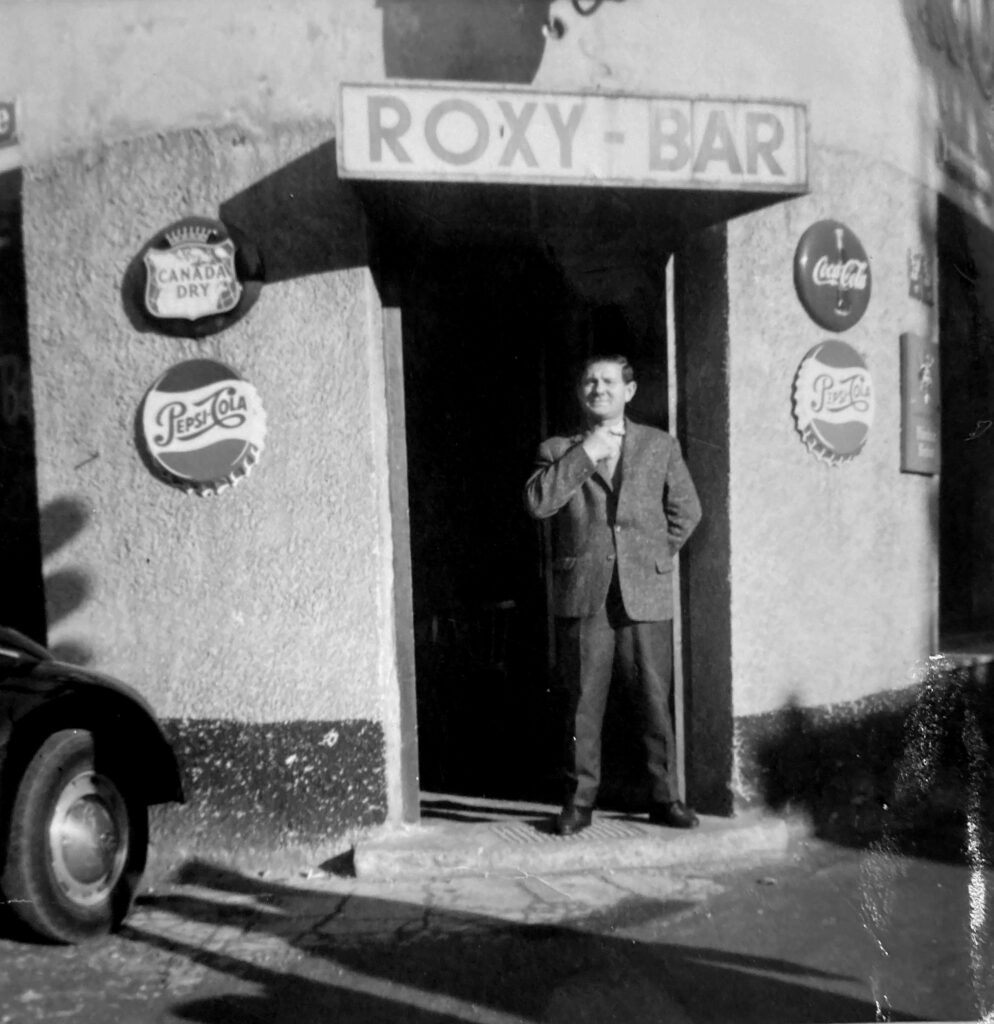
Leon Garnczarski, born on April 1, 1911 in Częstochowa, Poland, was deported to Łódź Ghetto. He survived internment in several concentration camps and was finally liberated during the death march near Lebenau. As a Displaced Person, he ended up at the Jewish Assembly Center in Ainring, one of the large initial reception facilities for survivors of the Shoah in southern Germany, right on the Austrian border. The camp was located on a mountain airfield that had been built for Hitler’s residence on the Obersalzberg.
It was there that Garnczarski met a local war widow and together they planned to emigrate to America. Garnczarski intended to travel ahead and packed his bags. Although already on the list of the International Refugee Organization (IRO) in 1949, he decided to stay with his wife and child in Ainring. He began working in the “Favorite-Bar” and “Roxy-Bar” on Goethestrasse in Munich, where he moved to with his family in 1962.

We would like to thank Leon Garnczarski’s daughter for her visit.
The exhibition “Munich Displaced. The Surviving Remnant” is a stocktaking on Munich’s post-war history. Much detailed information as well as photos and memorabilia are still missing. In the meantime, visitors, descendants of Displaced Persons (DPs) from Munich and other interested parties have shared their memories with us.
